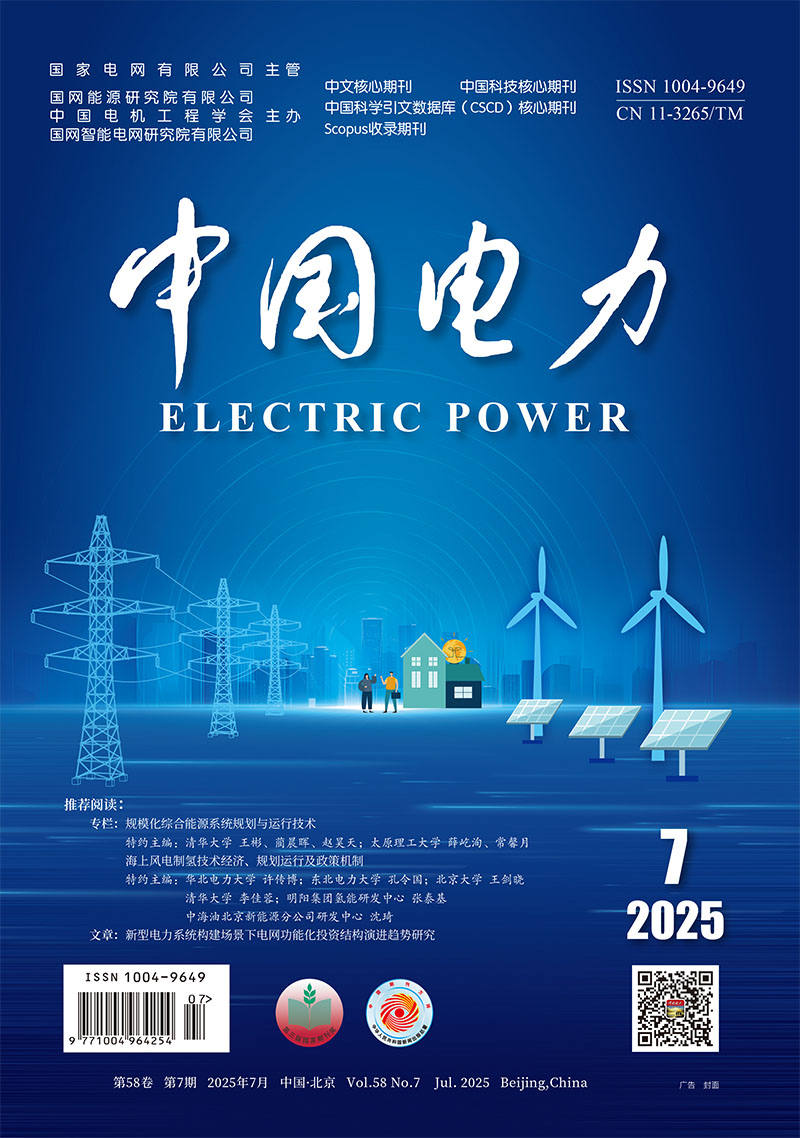
National Journal Award-winning journal
Chinese core journal
Chinese Science Citation Database (CSCD)
Grading Catalogue of High-Quality Science and Technology Journals in the Field of Energy and Electricity
Grading Catalogue of High-Quality Science and Technology Journals in the Field of Electrical Engineering
Chinese core journal
Chinese Science Citation Database (CSCD)
Grading Catalogue of High-Quality Science and Technology Journals in the Field of Energy and Electricity
Grading Catalogue of High-Quality Science and Technology Journals in the Field of Electrical Engineering
Chinese core scientific journal(ISTIC)
RCCSE China's authoritative academic journals (A )
Scopus database inclusion
DOAJ database inclusion
Ulrich's International Periodicals Directory included
RCCSE China's authoritative academic journals (A )
Scopus database inclusion
DOAJ database inclusion
Ulrich's International Periodicals Directory included

